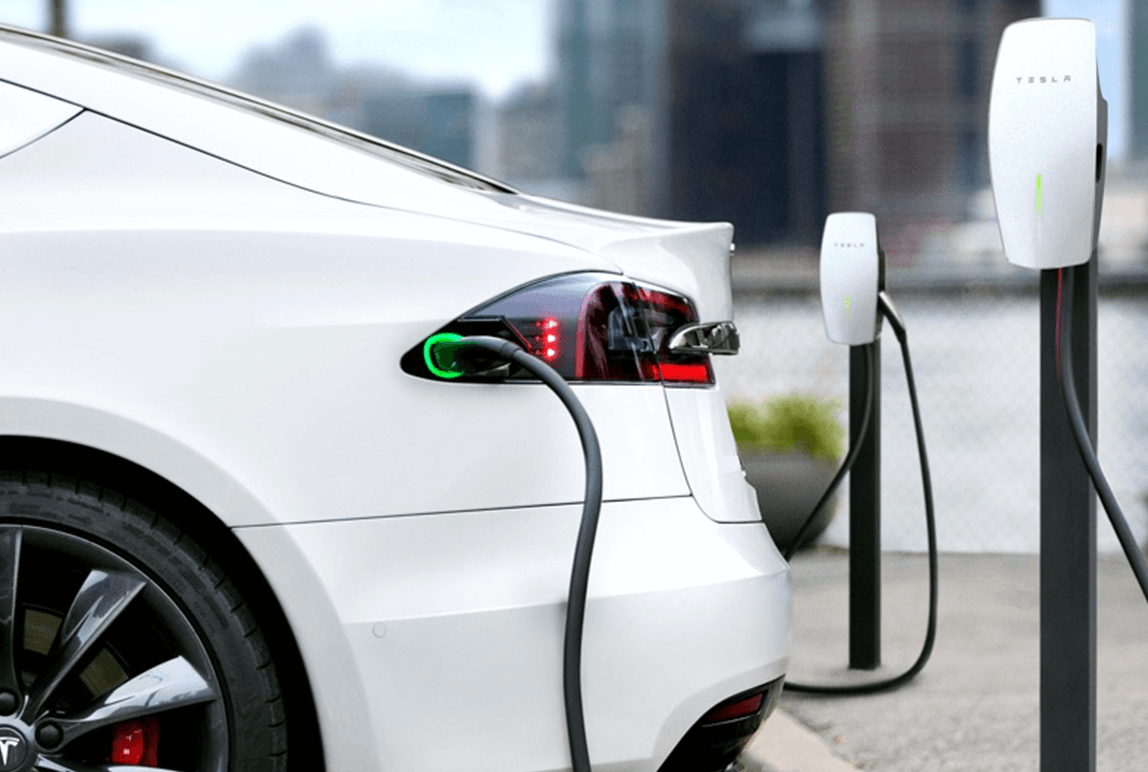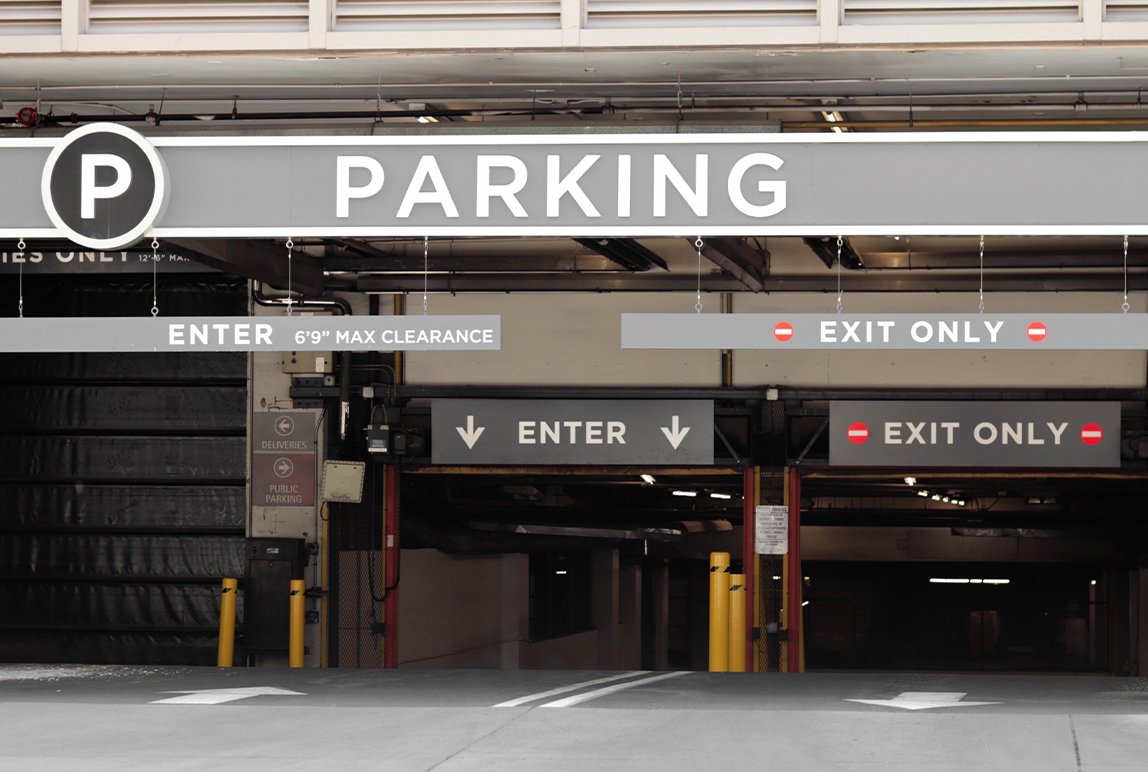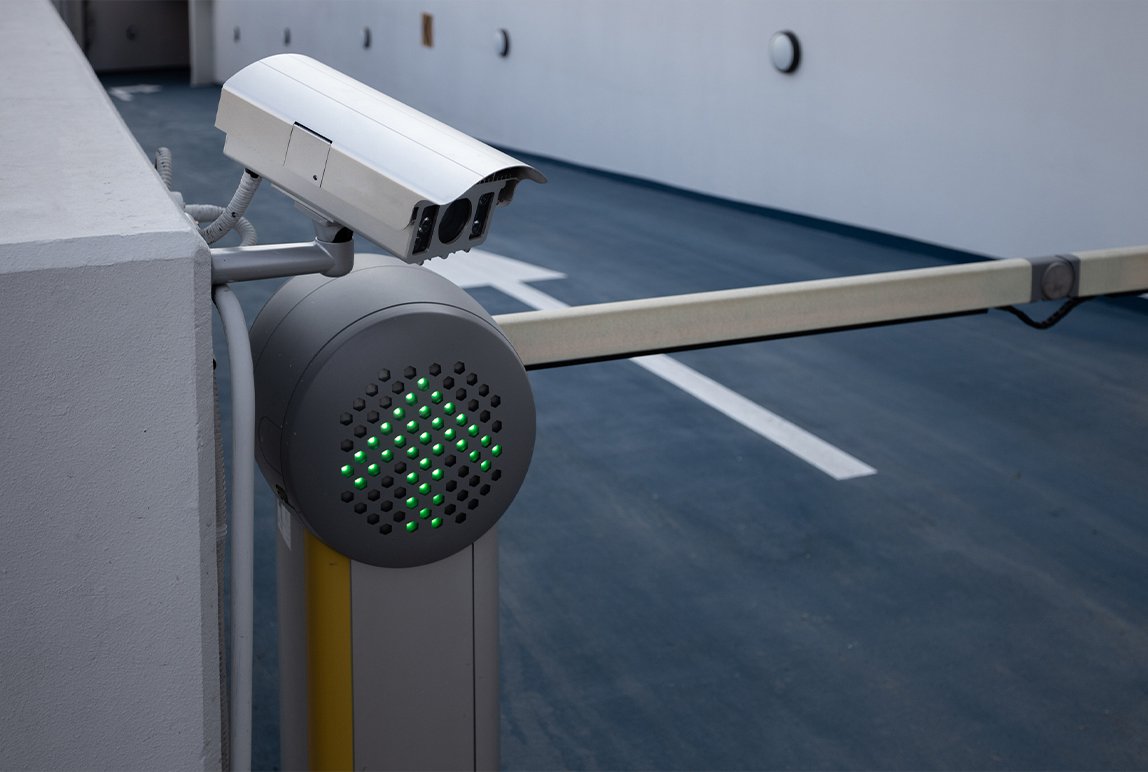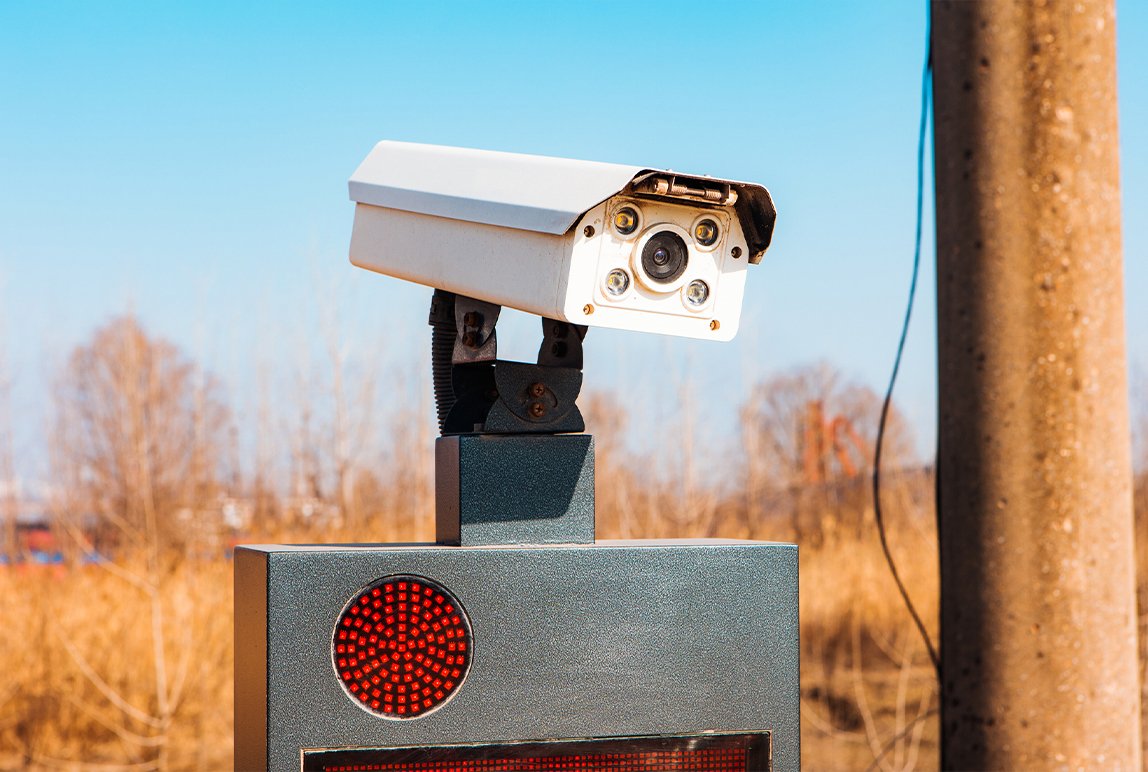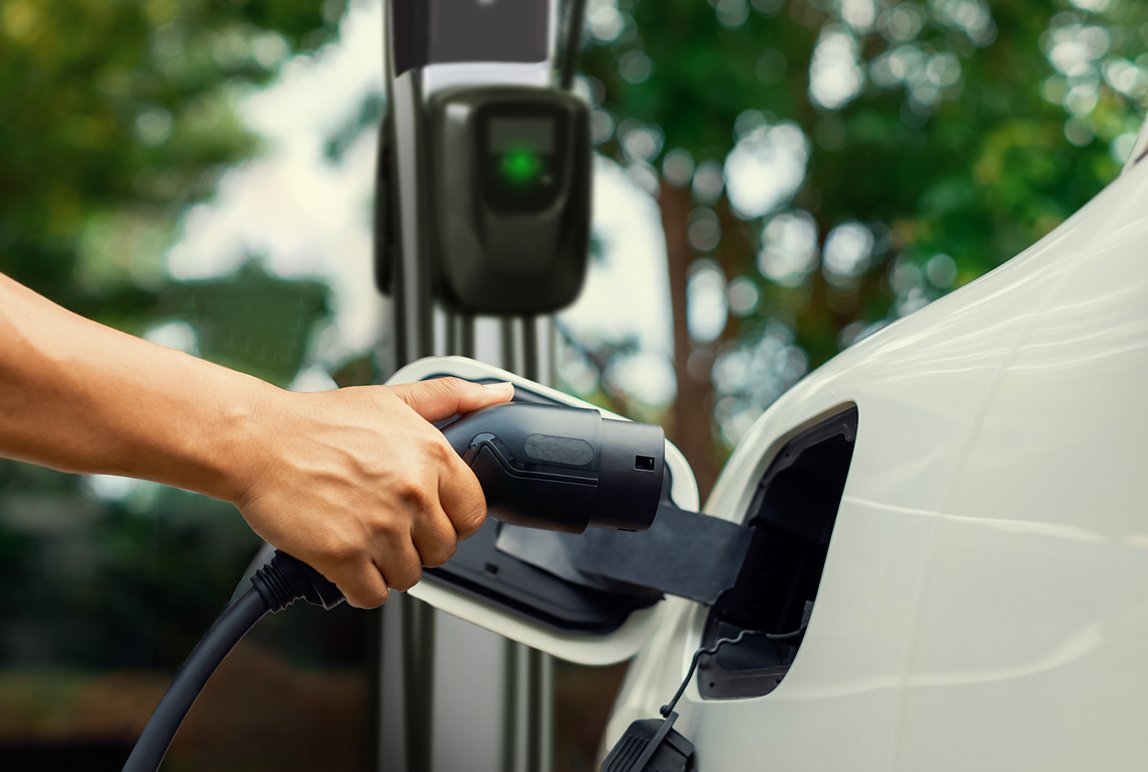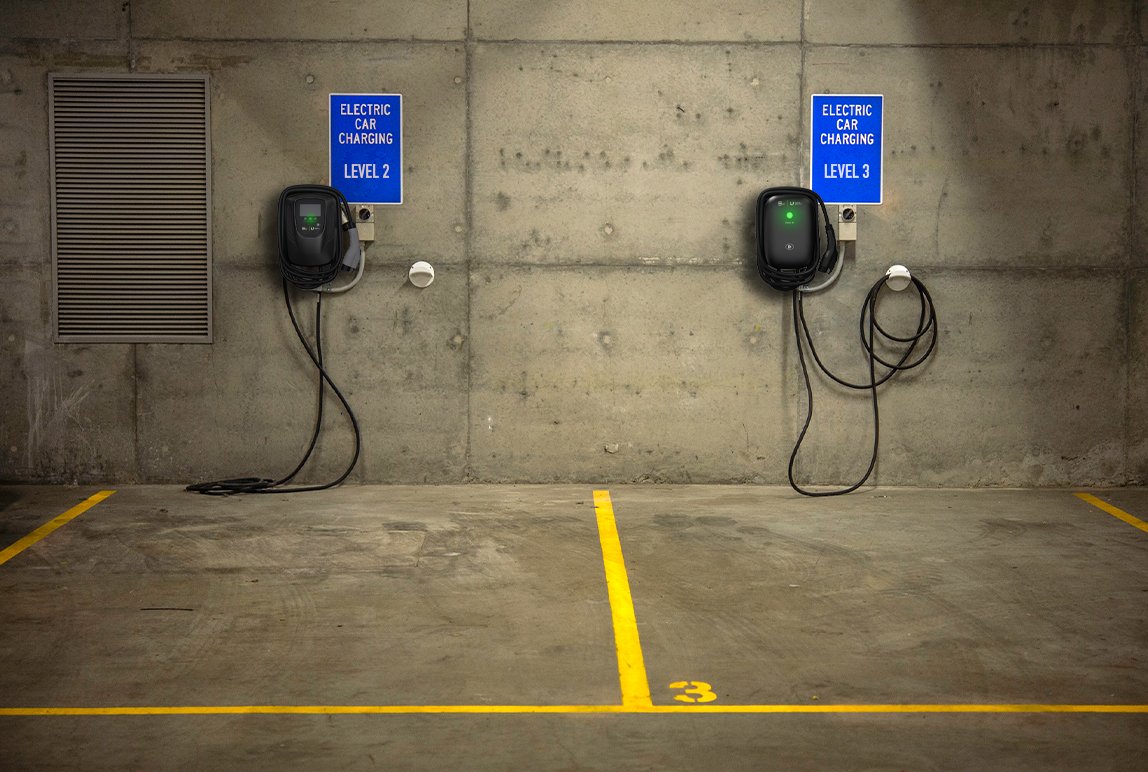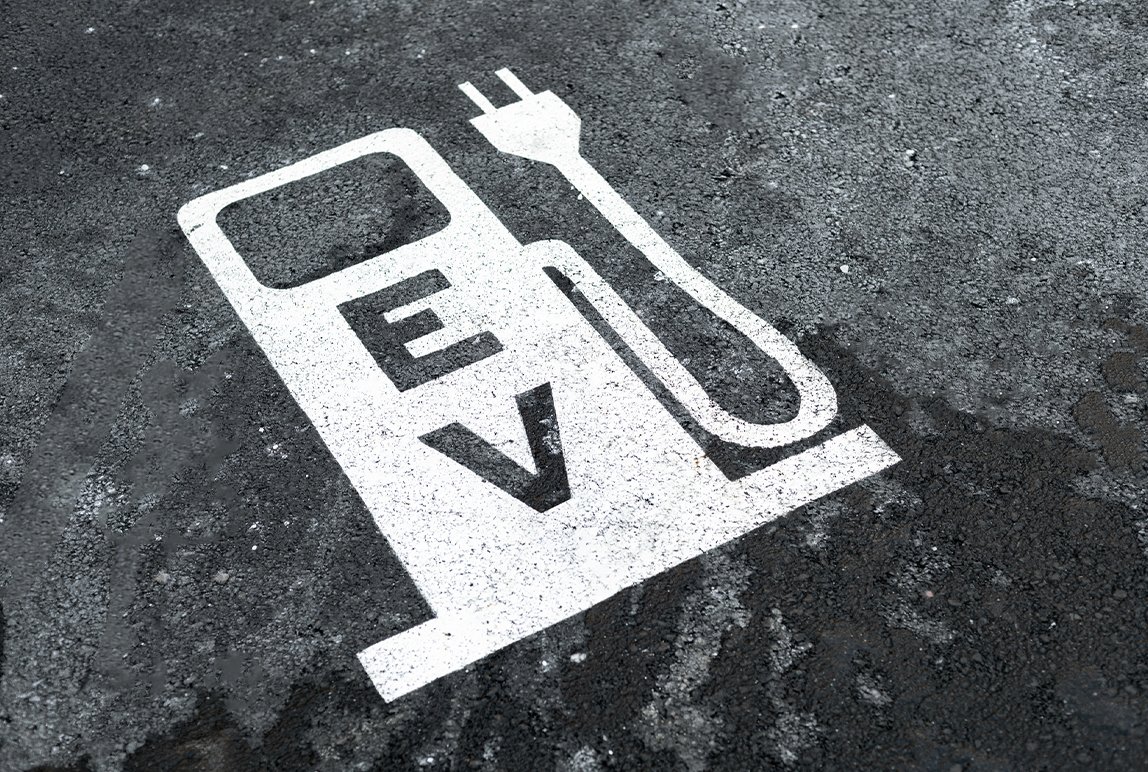ZEVIP Requirements and Eligibility: What you need to know
Posted: May, 01, 2020 10:50AM ET • 2 min read
Phase two of the Canadian government’s Zero Emissions Vehicle Infrastructure Program (ZEVIP) is now underway. Businesses are being granted financial support to help them reach their long-term EV charging solution goals faster and more effectively than ever before. If your organization is eligible to apply for ZEVIP funding, it’s important to make sure you’re ready to apply with a suitable proposal.
ZEVIP requires all applicants to demonstrate that they’ve completed the research required to create an accurate project scope and requirements. Part of this involves selecting suppliers and electrical service providers that can commit to making the proposed project plan happen.
A few main aspects your organization must consider include:
Project information: Rationale and background, activities and timelines, technical details of the project, risks and measures.
Project readiness: Capacity to deliver the project, project site readiness, secured project funding.
Additional project items: Signage and visibility, network cloud plans, operation and maintenance plans, network interoperability, and use of open communication protocols.
In order to be considered for ZEVIP, the EV charging station technology you propose in your application must be smart and connected. It needs to offer a wealth of capabilities, such as detailed user behaviour analytics, and be able to communicate performance statuses in real-time to a central management system. ZEVIP requires applicants to select EV charger technology that has the following features:
New, purchased equipment (not leased)
Certified for use in Canada and commercially available
Predictable operating expenses
Is a connected charging station, meaning it has the ability to communicate to other stations / servers / cloud via cellular / wireless signal / connected vehicle communications using software to report on usage and other capabilities (like providing real-time status of charging stations)
Includes one or more of the following charging connector types: SAE J1772 standard plug head (Level 2 208/240 V), SAE J1772 Combo andCHAdeMO (for fast-charging stations), or other proprietary charging connector types
Each connector must be able to charge a vehicle and support a dedicated parking space simultaneously
In addition to selecting EV charging station hardware and software that meets ZEVIP requirements, your organization will also have to choose suppliers and service providers that are able to meet the timeline of your proposed project plan—no later than 18 months after your organization receives a Letter of Conditional Approval for funding.
Learn more about How to apply to ZEVIP.
Share Article:
Featured Articles
ABOUT THE AUTHOR
Cynthia Bruce
Associate Director, Proposal Development
Cynthia began her career in the parking industry when she joined Precise ParkLink in 2015. With a leadership role in Precise ParkLink’s proposal development department, Cynthia is responsible for discerning our clients’ needs and developing compelling win themes that align our product and service offerings with those needs. Leveraging her education in business management at Humber College, she has continued to stay ahead of every opportunity in her career. In so doing, she works collaboratively with subject matter experts from among our R&D engineers, ensures the messaging within our marketing department’s collateral is consistent with our proposals, and mentors a small team of writers to develop their unique talents to the department’s advantage.
Questions?
Fill out the form below and we will do our best to connect you with a suitable contact.

